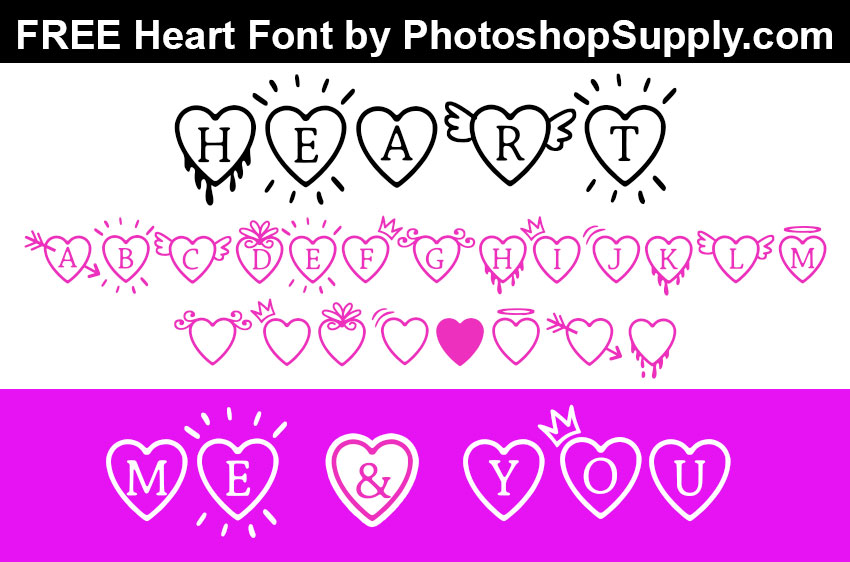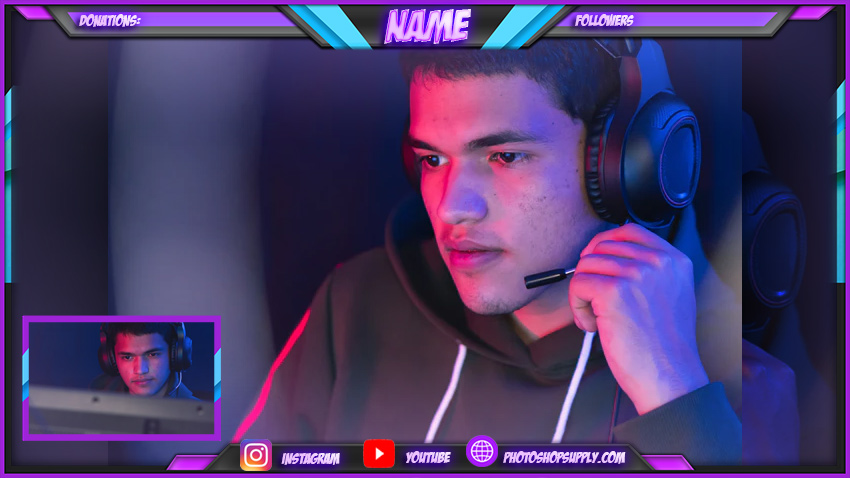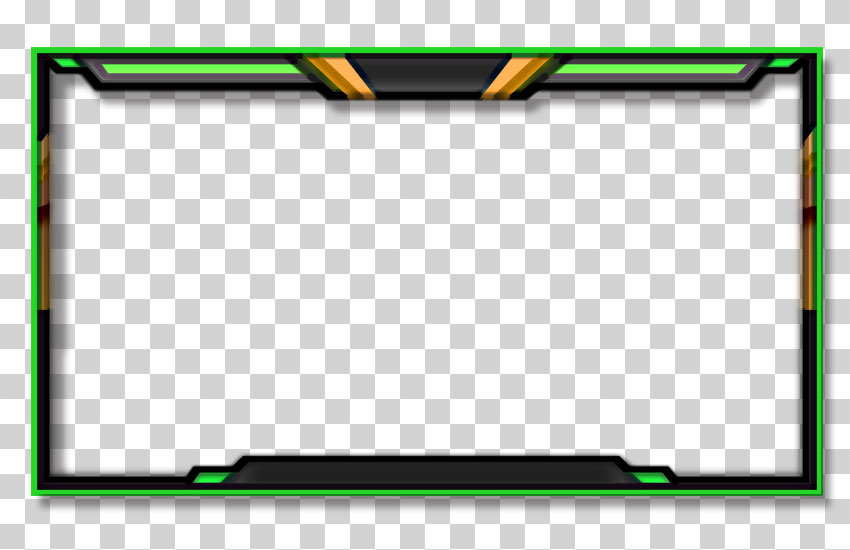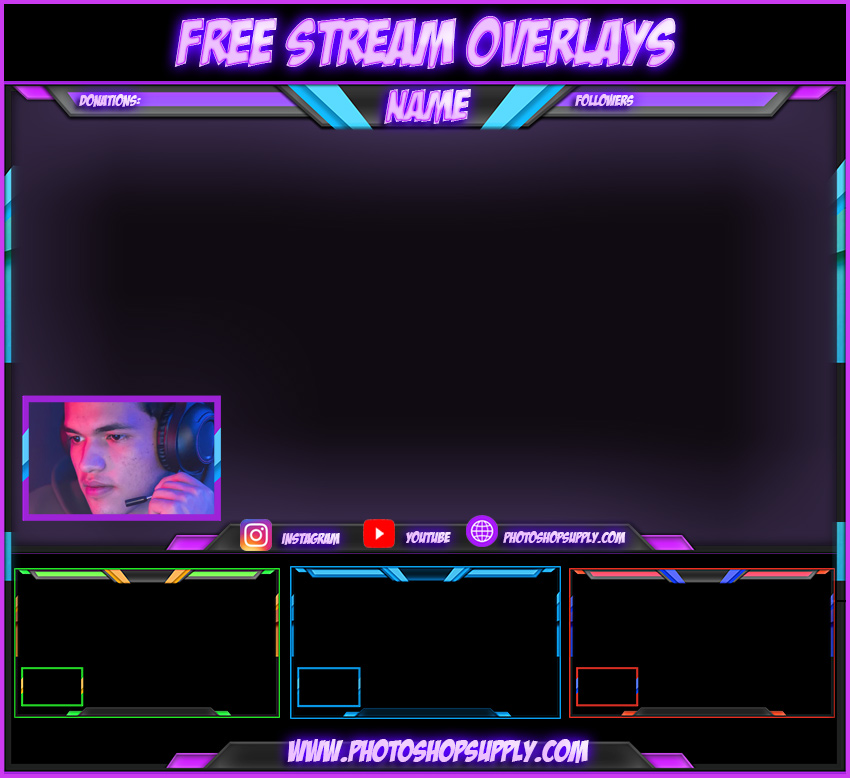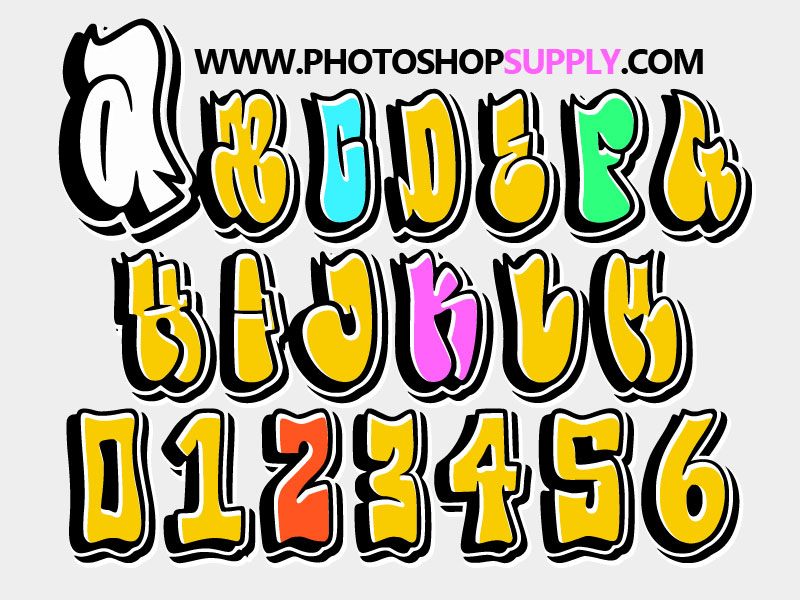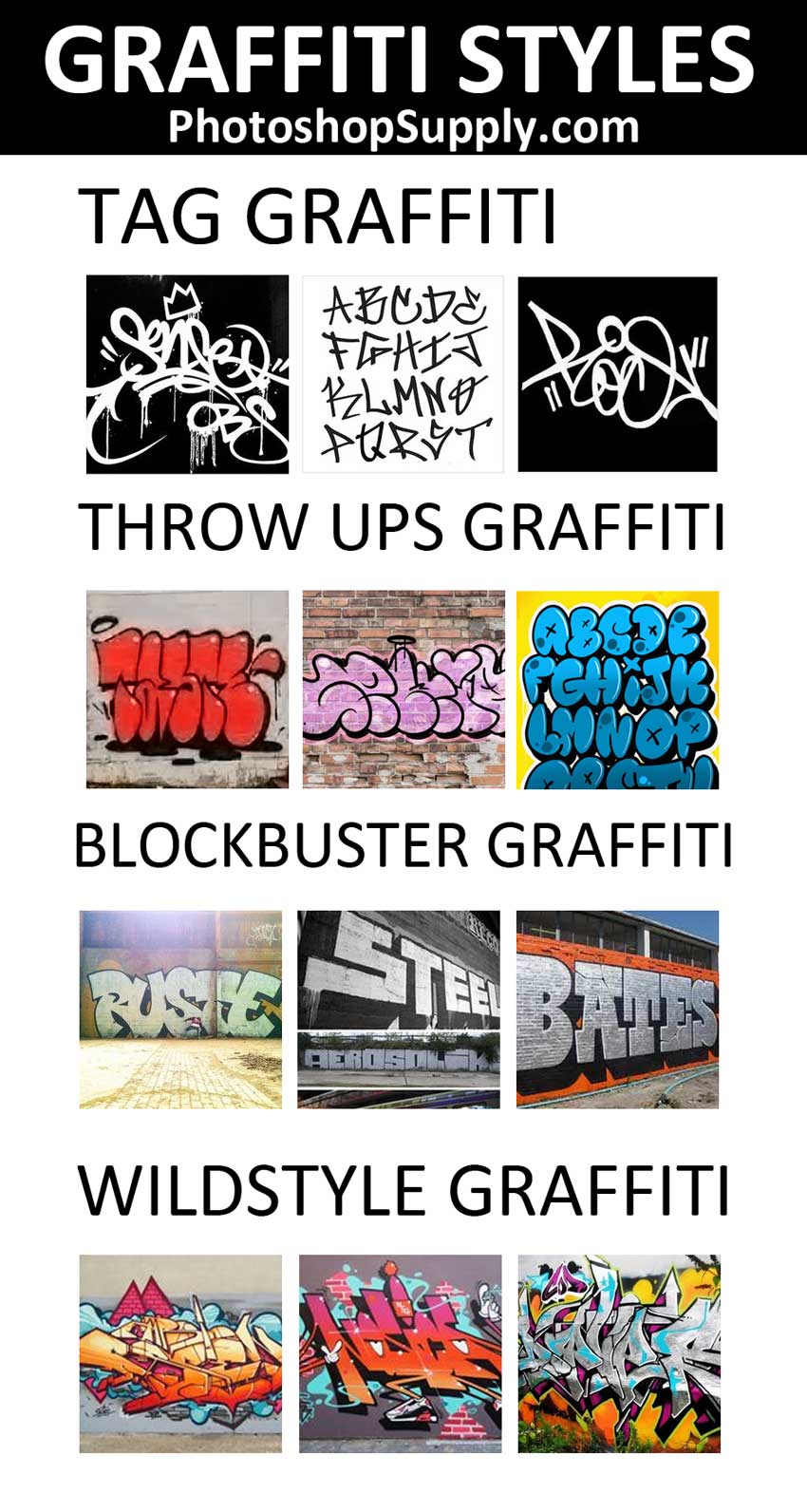The choice between portrait (vertical) and landscape (horizontal) orientation profoundly impacts visual storytelling. By understanding their distinct strengths, photographers can transform random decisions into purposeful compositions. Below is a technical breakdown of optimal applications and workflow strategies.
1. Subject vs. Background
Choosing between a portrait or landscape orientation is often based on whether the photographer wants to SHOW MORE OF THE SUBJECT or MORE OF THE BACKGROUND in their image.
For example, in the photo below, the photographer chose a landscape orientation where the frame is wider than it is tall. This means that filling the frame with this wide subject will cover most of the frame with only a little background showing above or below the subject.

On the other hand, if you shoot the same subject with a portrait orientation, there will be a significant amount of background showing above and/or below the frame.

A similar but opposite effect happens when the subject is taller than it is wide. If you photograph it with landscape orientation, there will be a large amount of background on one side (or both) compared to how much of the frame is taken up by the subject.

Instead, if you use a portrait orientation, you can fill the frame nicely with a tall subject.

Of course, we are talking about aspect ratio in relation to subject size “in a general sense” because by using different focal lengths or physically moving closer or further away from the subject; you can include more or less of the subject and background in the frame regardless of the orientation.
Suppose you shoot a photo in landscape or portrait and later decide that you want to use the opposite orientation; it may be possible to do this using the crop tool in Lightroom or Photoshop or alternatively by extending the background in Photoshop.
I say it “may be possible” to crop an image to a different orientation because you will need to ensure there is enough space around the subject to allow for a good crop.
The best way to do this is to compose your shot in-camera and then physically take a step back OR reduce your focal length to include a bit more of the scene in your shot. This will give you significantly more options when cropping in Lightroom or Photoshop.
2. What Message Are You Trying to Convey?
What message or story do you want your image to convey? This is another important factor you should use when choosing between a portrait or landscape orientation for a particular shot because when you change the orientation, you are also changing the composition – and with it, you’re also changing your image’s message.
In the previous section, we discussed how the vertical or horizontal format affects how much of the frame is taken up by your subject. This decision has more implications than just aesthetics.
Let’s look at a practical example by analyzing these environmental portraits of a sculptor in his studio.
In the landscape-oriented image below, the photo captures much of the studio space, finished sculptures, tools, and the piece the sculptor is working on right now. All of these things provide the viewers with a great deal of context.

Alternatively, in this portrait-oriented photo, we see the sculptor much closer. This image allows us to better appreciate his facial expression as he is thinking about how to proceed with his work which is also partially in the frame. In this case, the portrait framing is ideal for capturing a more intimate and psychological portrait.

Let’s look at another example:
In the vertical photo below, the photographer emphasizes the trees’ height and the path’s depth. The path looks endless, and it feels like you’re on the outside, about to go into the woods.

Alternatively, the landscape orientation of the photo below makes everything feel closer. As viewers, we feel immersed in the woods, surrounded by all the trees. And the path, if anything, would be a way out, not drawing us in.

3. Output Format
I once heard fine art photographer, Brooke Shade, say during a course that you should ask yourself, “Where do you want your images to live?”
She meant it in a broader sense, but this question can also help determine whether you should shoot a particular image in portrait or landscape orientation.
Your choice can depend on the intended use of the photo. Let me explain:
Think about a magazine – if you want your photograph to be on the cover, you need to shoot it with a portrait orientation.

Instead, if you want your image featured on a double-page spread, you will need to shoot it in landscape orientation.

Output format doesn’t just relate to print, either. Websites and social media also have various formats.
Let’s say you want to use your image on Facebook – if you want to use it as a cover photo, then it needs to be landscape oriented, but if you want to use it for your Stories, then it needs to be portrait oriented.
4. Style
As you can see, many TECHNICAL FACTORS can and should inform your choice between portrait and landscape, but it ultimately has to do with YOUR STYLE because anything can be photographed both ways.
In these portraits, you can see how the author includes different elements in the scene to give us different perspectives.
In this landscape-oriented photo, we feel closer to the subject as there isn’t anything in front of her in the foreground. The photographer also uses leading lines as a composition technique to draw our eyes to the subject.

Alternatively, in the portrait-oriented photo, the photographer uses a frame-within-the-frame composition which feels more constrained and separates us from the subject.

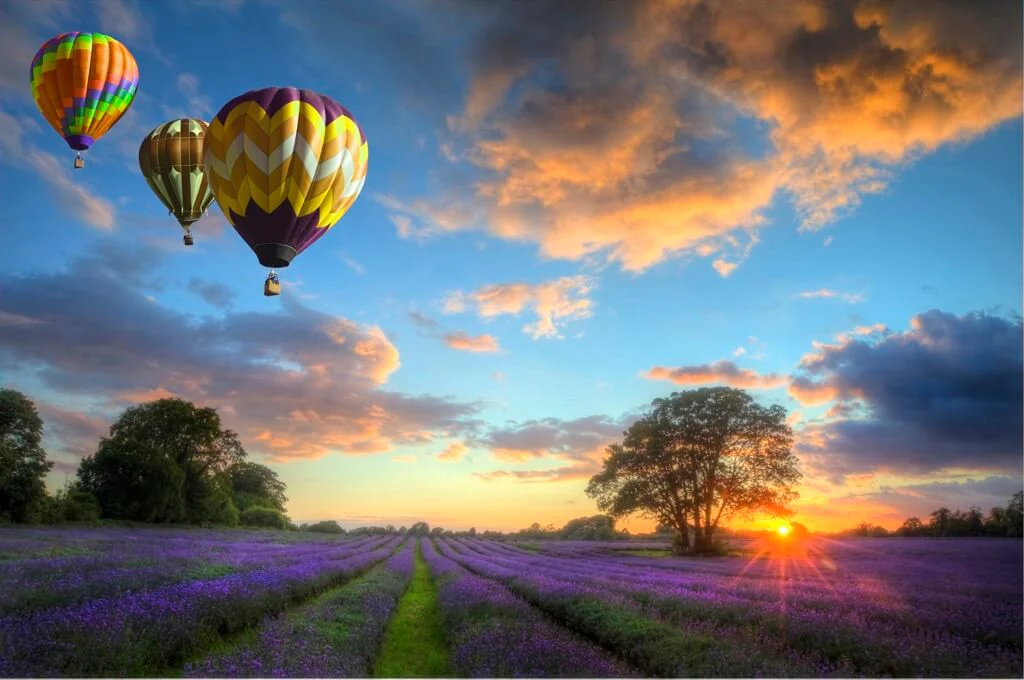











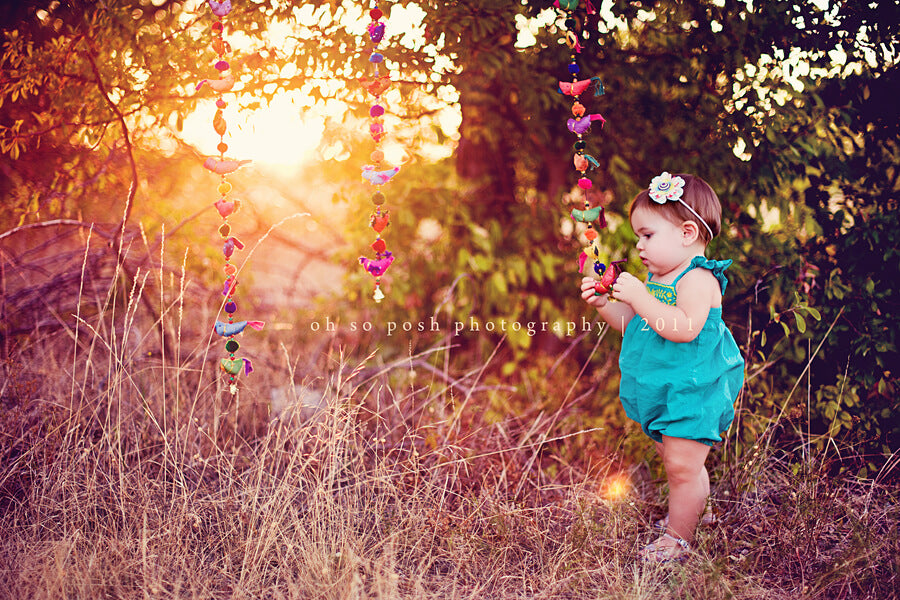






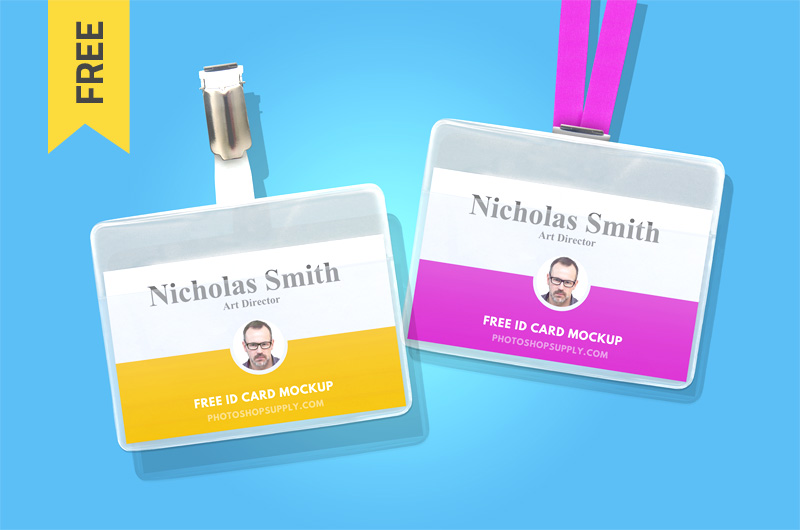
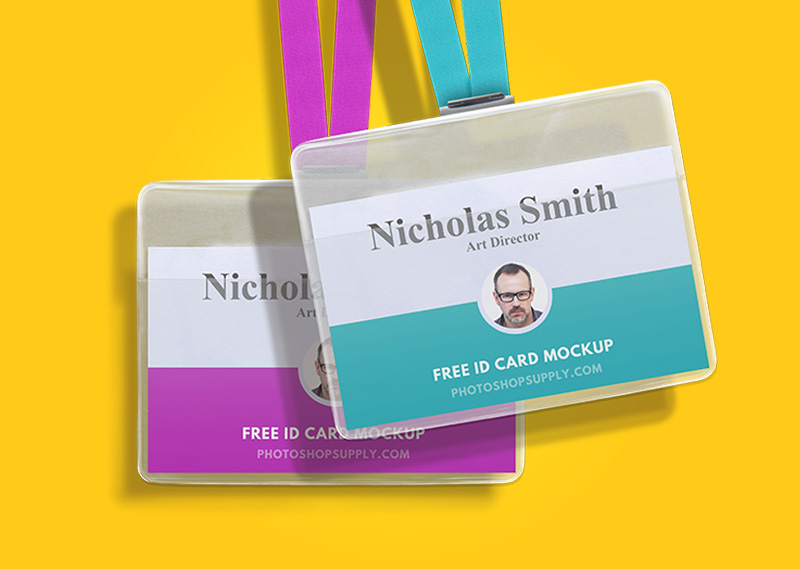

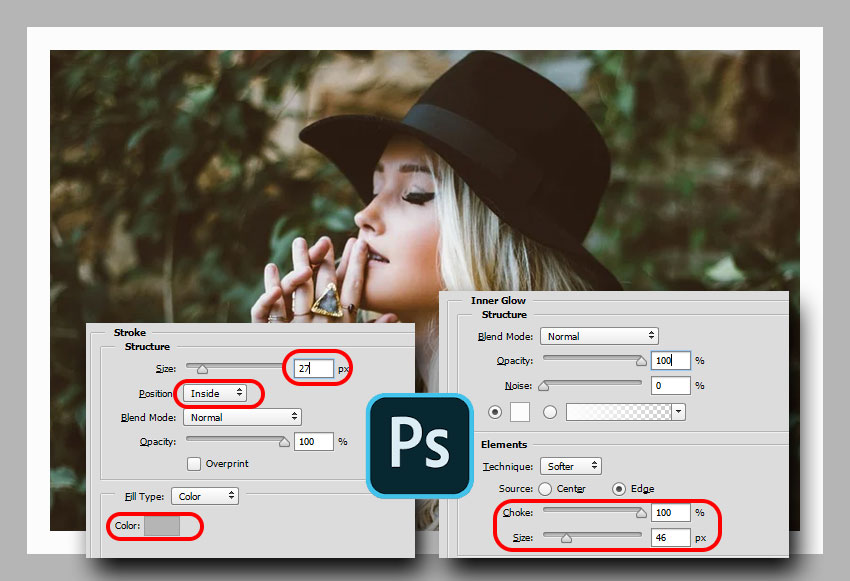
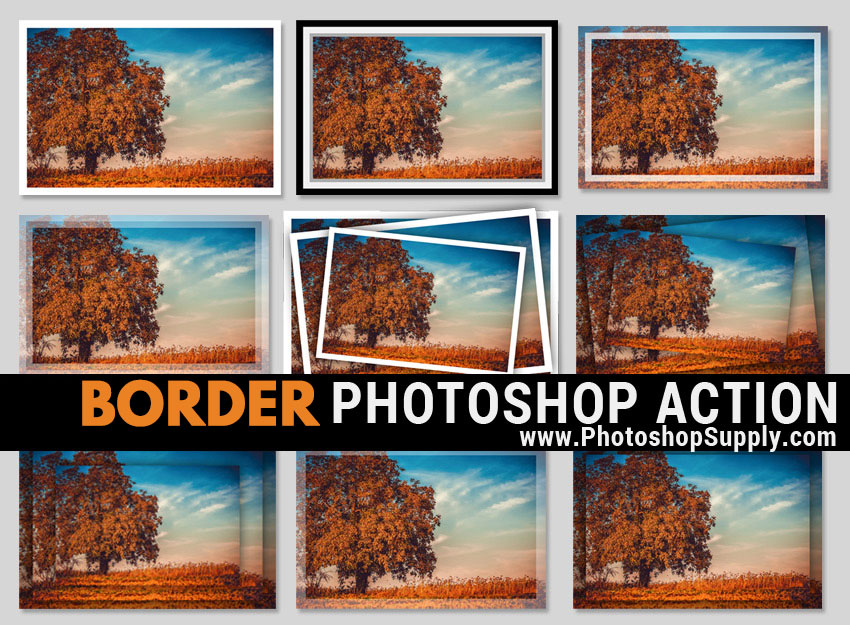
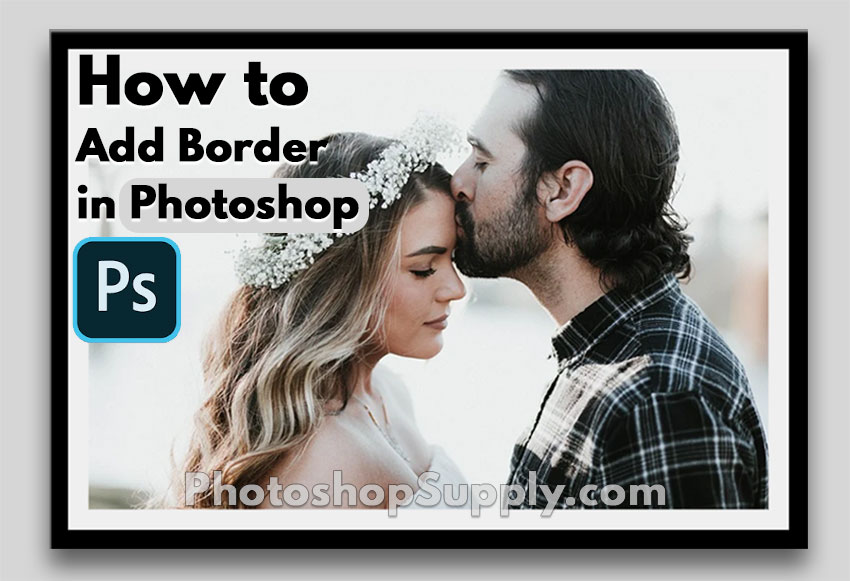
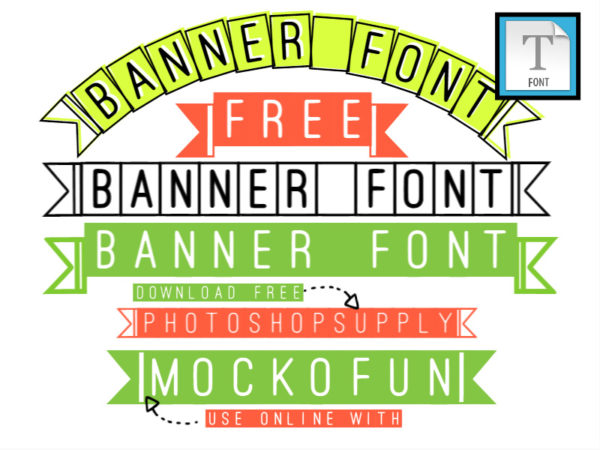
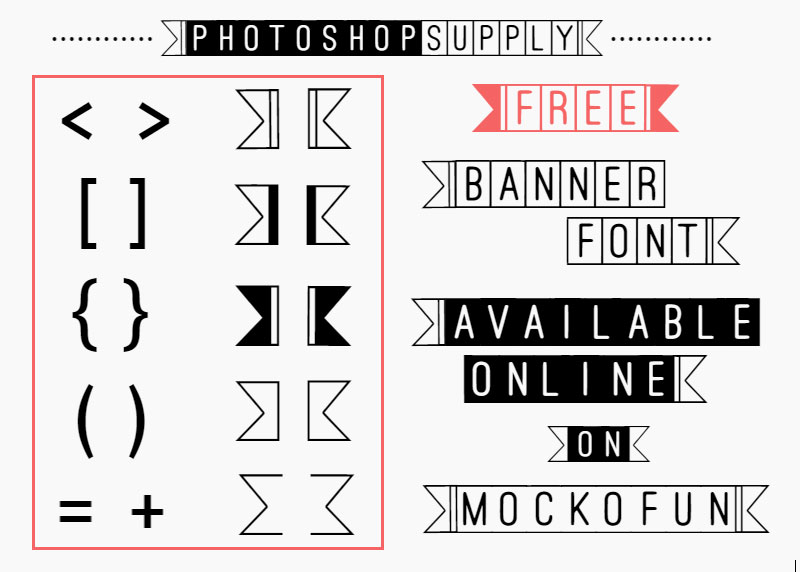

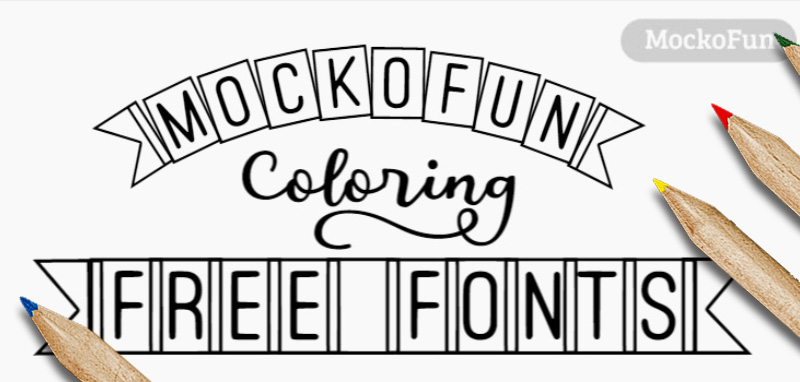

 Heart Letters & Heart Alphabet
Heart Letters & Heart Alphabet